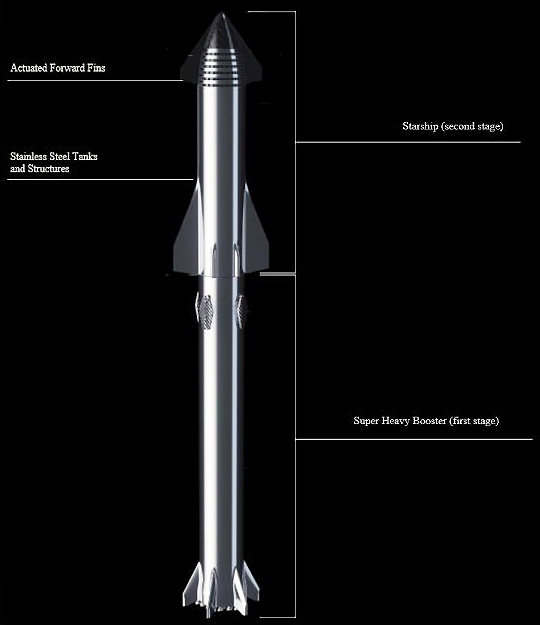VIDEO: SpaceX’s Second Starship Test Flies Longer, Achieves Separation, Then Ends With Another Explosion After Loss of Contact - WSJ
The Wall Street Journal reports on the second test flight of SpaceX's so-called "Starship" rocket with Super Heavy booster, resulting in a second failure. In both cases, explosions were caused by a self-destruct mechanism, this time after contact was lost. SpaceX highlights the benefits of lessons learned from each test, citing a multitude of changes in the aftermath of the first test.
Starship, launching with two combined stages nearly 400 feet tall, is intended for use by NASA to return astronauts to the moon with the Artemis program. SpaceX aspires for Starship to also be used for missions to Mars.
The Super Heavy Booster lower stage has 33 engines. In the first test flight, separation between the stages failed to occur. This time, separation was successful, using a method that involved the second stage firing while still attached.
"... SpaceX said it lost contact with the Starship spacecraft about 15 minutes after launching from the company’s spaceport east of Brownsville, Texas .... A self-destruct mechanism appeared to trigger after contact was lost .... About three minutes after launch, the Starship spacecraft separated from a huge booster and began to ascend on its own .... Separation between the booster rocket and the spacecraft that sat on top of it at liftoff was a key goal ... for Saturday’s flight. During the inaugural demonstration mission in April, the separation didn’t occur, and a system on the rocket blew up the vehicle. SpaceX used a new method Saturday to perform the separation. Called 'hot staging,' the engines on the spacecraft began to fire away while that vehicle was still attached to the booster ...."
The original plan was for the spacecraft to ascend towards space and make its way to a landing in the Pacific Ocean.
At launch the combined stages contained 10 million pounds of fuel. The 33 engines on the booster reportedly functioned as designed. Starship successfully lifted off and ascended through the point of separation, only to lose contact soon after and explode over the Gulf of Mexico.
Key Words: Space, SpaceX, Starship Rocket, Super Heavy Booster, NASA, Artemis, Moon, Mars
[please be sure to consider clicking the support button, to support this web project and related efforts]

